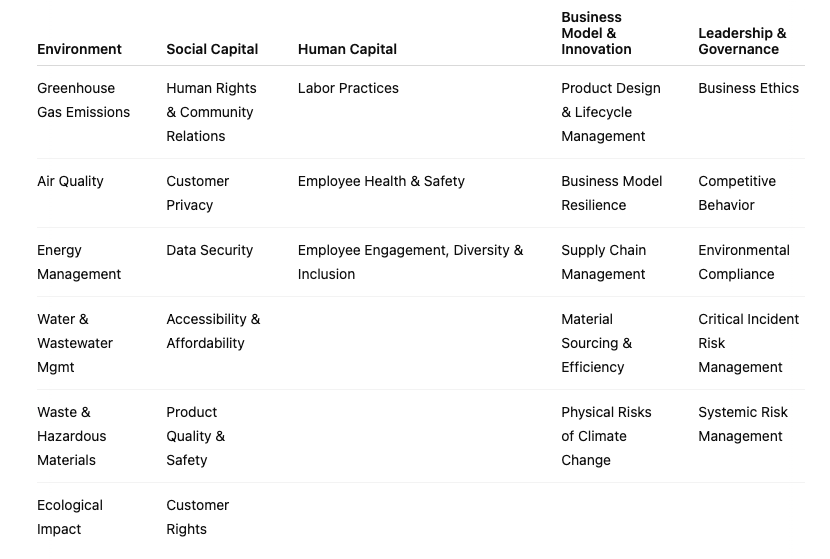According to ohESG, ESG adoption has grown rapidly. By the end of 2021, nearly 4,000 financial institutions across more than 60 countries had signed the UN PRI, representing over USD 120 trillion in assets under management (AUM). Notable signatories include BlackRock, Allianz, Man Group, and CalPERS.
ESG integration is now embedded in the research and investment processes of many asset managers and pension funds. In parallel, an increasing number of exchanges and regulatory authorities are requiring—or strongly encouraging—ESG disclosures from listed companies.
Why ESG Is a Strategic Priority for Businesses
Embracing ESG is no longer just a reputational play—it’s a business imperative. Companies that proactively align with ESG principles are better positioned to attract capital, mitigate long-term risks, and create sustainable value for stakeholders.
For investors, ESG has become a lens through which financial and non-financial performance are integrated. The most widely adopted ESG investment strategies include:
1. Positive screening (selecting high-performing ESG companies)
2. Negative screening (excluding harmful sectors or companies)
3. ESG integration (embedding ESG into financial analysis)
4. Active ownership and engagement
5. Impact investing
6. Norms-based screening
7. Thematic investing (e.g. clean energy, diversity, sustainable agriculture)
As ESG continues to reshape the global investment landscape, organizations that fail to adapt may risk losing investor confidence and competitive edge. Integrating ESG into core strategy, operations, and risk management frameworks is no longer a future ambition—it is a present-day necessity.
Disclaimer: Certain images or references used in this article are sourced from publicly available materials. We respect intellectual property rights, and any rightful owner may contact us for content removal.(jielang.liu@aegismanage.com)



